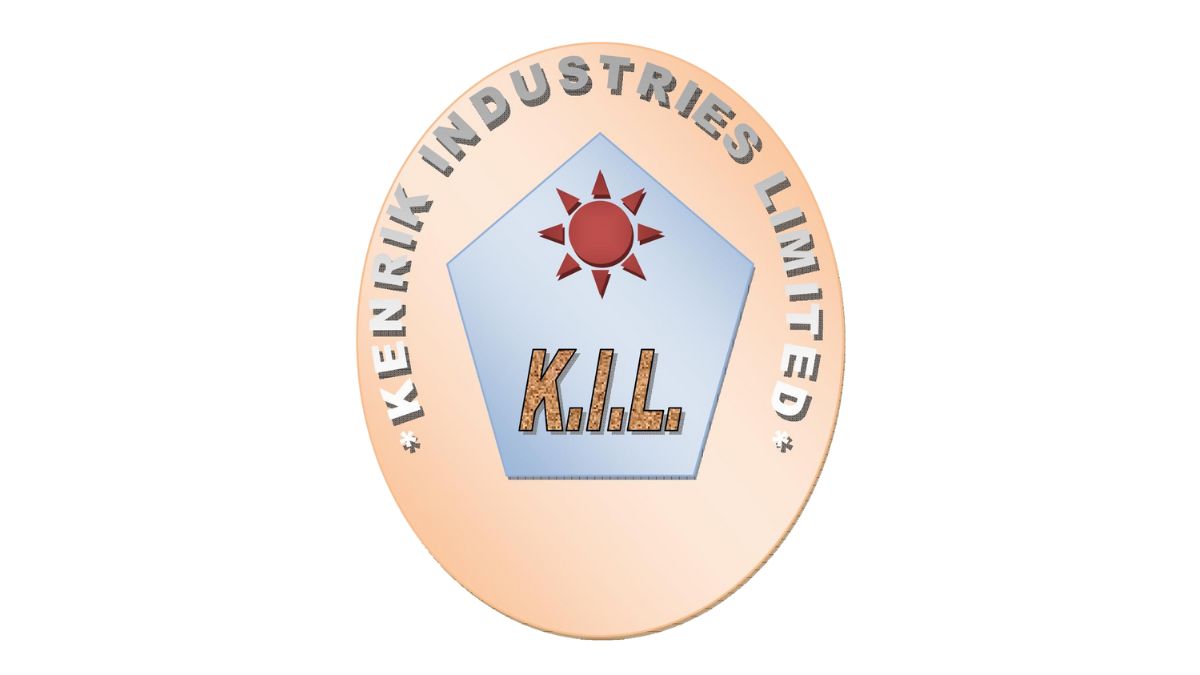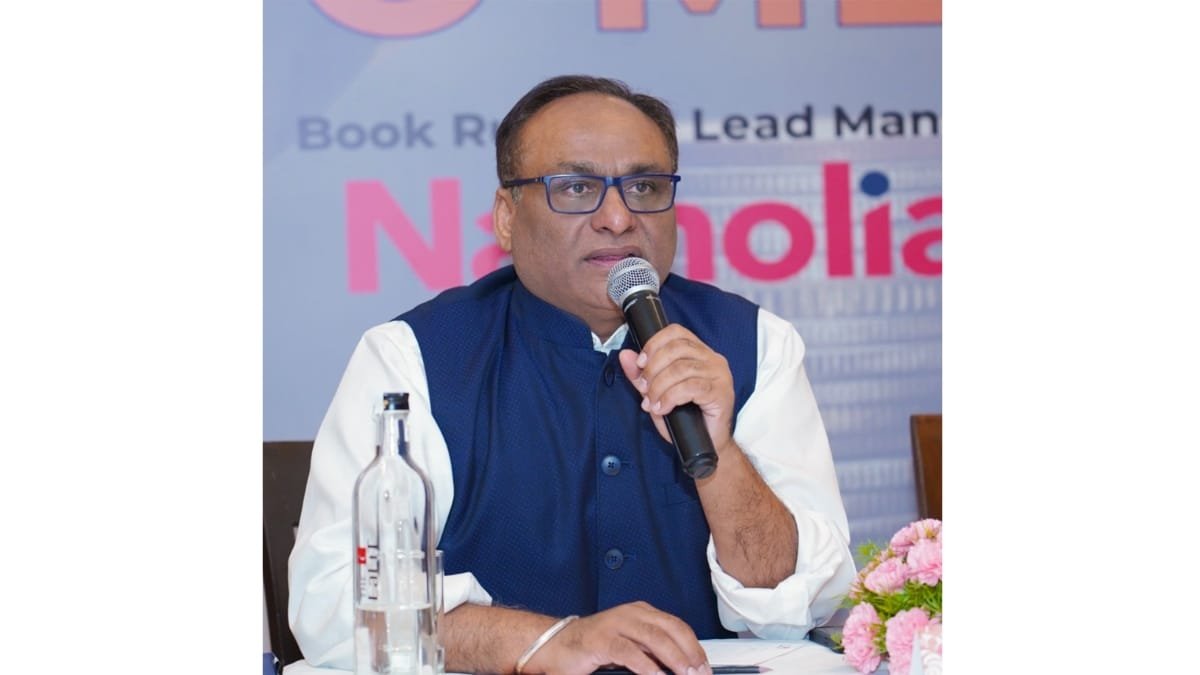New Delhi [India], October 8: Balanced fertilisation is widely recognised as a critical component in establishing sustainable dairy systems, as it enables the precise management of soil nutrients essential for optimal fodder crop production.
If sustainability truly matters to the future of dairy farming, balanced fertilisation isn’t just an option it’s a necessity. When farmers embrace targeted nutrient management, they protect the soil, boost fodder quality, and keep their herds thriving while slashing environmental harm.
The Managing Director of Indian Potash Limited, PS Gahlaut, a champion of sustainable agricultural innovation and farmer empowerment, underscores that it is the industry’s duty to equip farmers with both knowledge and practical tools for balanced fertilisation, ensuring that dairy productivity and environmental stewardship progress hand in hand. Let’s delve deeper.
Integrating sustainability and innovation in the dairy business through balanced fertilisation is a complex and essential approach for ensuring long-term productivity and environmental safety.
Balanced fertilisation involves applying mineral and organic fertilisers in precise proportions tailored to the specific needs of the soil and crops, which maintains soil nutrient equilibrium and promotes optimal forage growth essential for dairy animals.
Recent research highlights that combining mineral and organic fertilisers can increase crop yields by 25–40%, while enhancing soil organic carbon by over 110% and nitrogen content by nearly 60%, thus significantly improving soil fertility and microbial activity. This synergy fosters a more resilient agricultural ecosystem that supports dairy sustainability.
“The dairy industry and agriculture are inseparably intertwined, with soil serving as the fundamental component sustaining both. Healthy soil is the cornerstone from which quality fodder grows, directly influencing animal health and milk production. Prioritising soil health must be central to any sustainable strategy, for without fertile, well-nourished soil, the future of both agriculture and dairy stands at risk,” says PS Gahlaut.
Apart from soil health, the integration of innovation, such as precision agriculture technologies, is important to enhance the effectiveness of balanced fertilisation. Precision nutrient management enabled by AI-driven sensors, remote sensing, and data analytics allows farmers to tailor fertiliser application at a micro-level, minimising waste and reducing environmental pollution caused by runoff and greenhouse gas emissions.
This targeted approach not only optimises input costs amid rising fertiliser prices but also aligns dairy production practices with global sustainability goals by reducing the carbon footprint.
Furthermore, innovations in digital tracking and blockchain technology enable better transparency, sustainability benchmarking, and regulatory compliance, which increase consumer trust in sustainably produced dairy products.
By recycling manure nutrients efficiently and optimising fertiliser use, farms can achieve a balance that supports healthy soil, robust forage production, and ultimately, profitable dairy operations.
This holistic, science-based strategy underscores that sustainability and innovation are inseparable pillars of modern dairy farming, where ecological health, economic performance, and technological advancement coalesce to secure the future of dairy agriculture in India and beyond.
From paper to farm, Gahlaut’s views
“The answers to many of agriculture’s pressing challenges, whether soil degradation, productivity plateaus, or environmental impact, seem to be available through emerging technologies and scientific advances. On pape,r everything looks solvable. However, the agriculture industry must accelerate its pace of adoption and pivot towards scalable, practical solutions before it faces worsening crises.” Feels PS Gahlaut.
Soil health, already identified as a critical concern in India due to nutrient imbalances, erosion, and organic matter loss, continues to deteriorate. Over the past 70 years, India’s soil organic carbon content has declined sharply from about 1% to just 0.3%, posing a significant threat to soil fertility and agricultural productivity.
“Without comprehensive, system-wide reforms to integrate balanced fertilisation, precision nutrient management, and innovative digital tools on a large scale, these issues will cascade through the dairy value chain, compromising feed quality, milk yields, and livestock health.” Says Gahlaut.
“The widespread implementation of new technologies faces real-world barriers, high costs, technological complexity, fragmented landholdings, and gaps in digital literacy and rural infrastructure, all of which slow down the transformation needed at the farmer level.” He adds.
Policymakers, industry leaders, and stakeholders must collaborate to overhaul the agricultural ecosystem, streamlining financing, creating robust training programmes, expanding rural connectivity, and incentivising sustainable practices.
The future of India’s dairy industry depends not just on innovation existing in labs or pilot projects, but on its practical, widespread application as a foundational pillar of a resilient, modern agricultural system.
If you have any objection to this press release content, kindly contact [email protected] to notify us. We will respond and rectify the situation in the next 24 hours.





